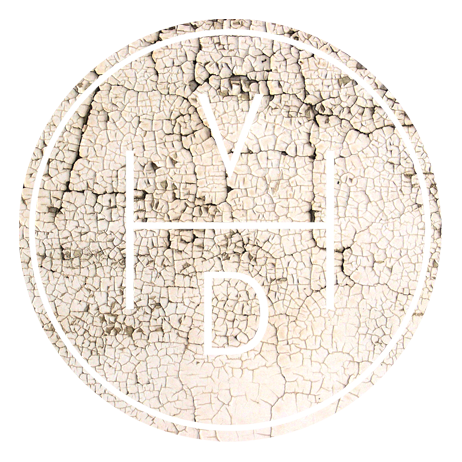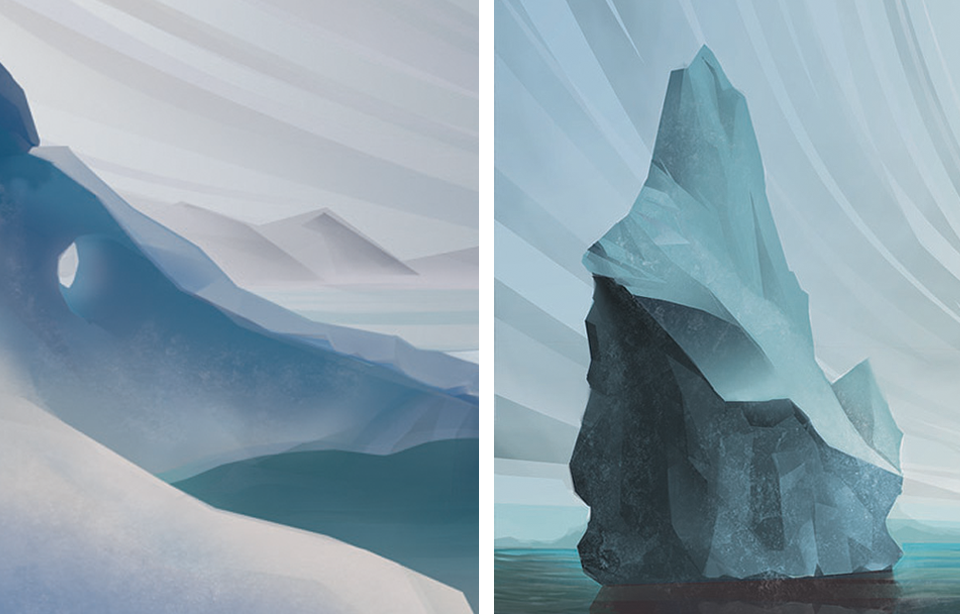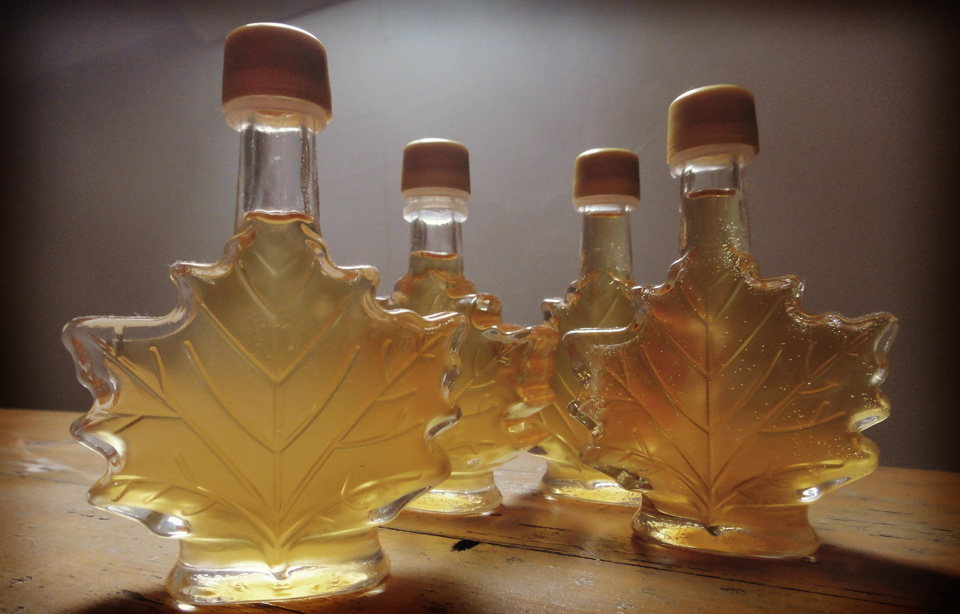This weekend Mrs VHD and I headed to the Maine woods for a few days in the wilderness. Our weekend residence was a cabin nestled in the mountains near Andover, surrounded by trees, mountains, miles of hiking trails and little else. This was it, my first chance to get on the Appalachian Trail. For more than ten years I've read stacks of books about it; everything from AWOL On The Appalachian Trail, Walking The Appalachian Trail and Walking With Spring to Long Distance Hiking–Lessons From The Appalachian Trail and A Walk In The Woods to name a few. I was ready.
Cabin
We approached the trail from Sawyer's Notch and there it was, my first white blaze. From where I was standing if I went north I would head deeper into Maine and eventually reach Mount Katahdin (which is no mean feat), if I headed south I could walk all the way to Springer Mountain in Georgia. Amazing.
We chose to head south up to Hall Mountain lean-to. I had butterflies as we headed up the steep rise following a tumbling stream. It looked as if we were the first people to get up there for some time–the previous register entry was from November 2011 and there was no sign of any other human footprints. There was still a decent amount of snow on the mountain, all of it undisturbed. We had lunch at the lean-to and poked around a bit, reading the funny entries in the register and relaxing before we headed back down.
It sounds strange but it was a weird feeling being on the trail for the first time, walking where the likes of Myron Avery, Earl Shaffer and Grandma Gatewood (amongst thousands of others) have previously trodden. I dearly look forward to seeing more of the trail.
“To those who would see the Maine wilderness, tramp day by day through a succession of ever delightful forest, past lake and stream, and over mountains, we would say: Follow the Appalachian Trail across Maine. It cannot be followed on horse or awheel. Remote for detachment, narrow for chosen company, winding for leisure, lonely for contemplation, it beckons not merely north and south but upward to the body, mind and soul of man.”
















